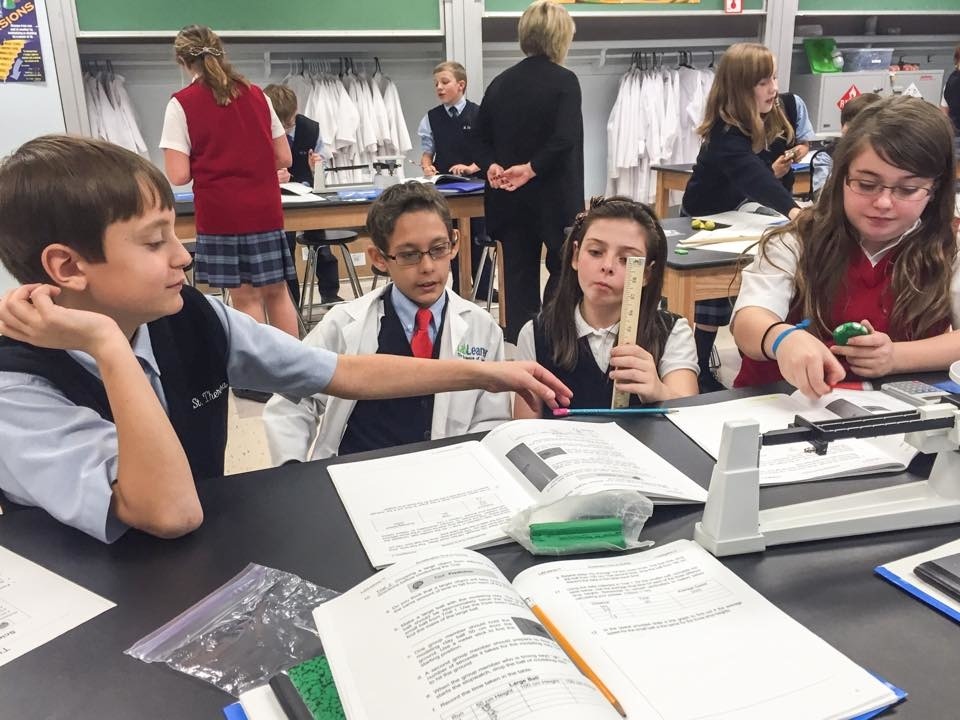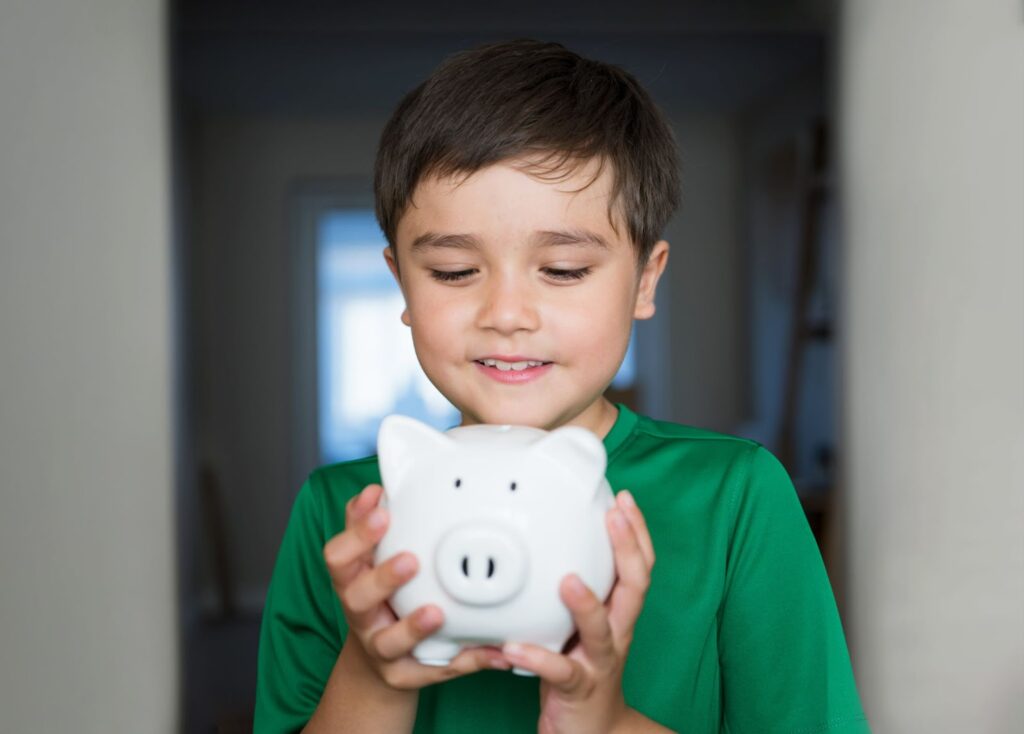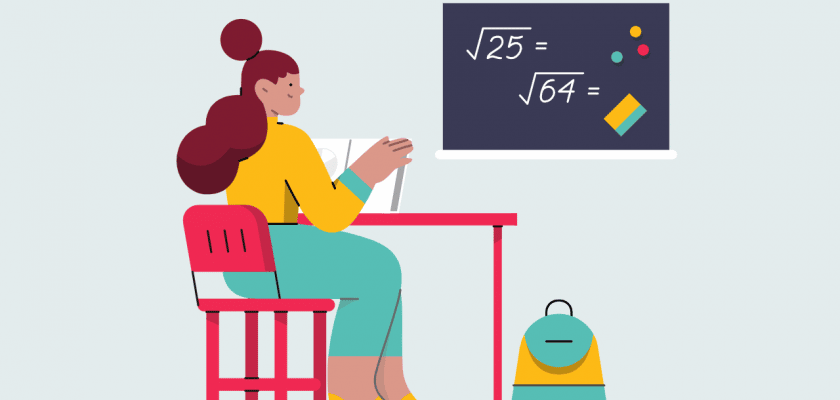How often do you have the feeling that you are entering a classroom without having a clear idea of what you are going to talk about for the entirety of the lesson? Nothing is slower than a classroom clock when you’ve got nothing else to say and the lesson needs to last for 20 more minutes.
In teaching, as in every other profession, preparation is key, and a solid lesson plan is the main tool you need to feel sure you’ll keep your class’ attention throughout the lesson.
The only way to prepare for the class and keep your students engaged and open to learning through the entirety of the lesson is to plan it properly. The question is, what should lesson plans include? We’ll go over every essential part of a lesson plan and show you how to write a lesson plan that will stop you from stressing over your classes.
Five Key Components of a Lesson Plan
Lesson plans are a teacher’s strongest tool and a way of ensuring that their lesson sticks to the intended trajectory—they help you plan exactly what you’re going to talk about, how you’re going to do it, and for how long.
Thankfully, being a teacher no longer means going into a classroom, regurgitating textbook material you know by heart, and handing out tests every other week. You have much more freedom than that, and you should use it. Learning is important, and the best way to make your students gain new knowledge and implement new skills is to make learning fun.
This, of course, depends on the subject and the grade you’re teaching. Preschool lesson plans will focus on having fun and playing games much more than high school plans.
At the same time, you don’t have as much freedom when planning your math lessons as compared to art lesson plans.

Source: @cafealternativo via Twenty20
Make sure to use an appropriate lesson plan template that will guide you through the planning process and leave enough room for various lesson plan components. Still, regardless of the grade or subject you’re preparing for, every lesson plan should consist of:
- Lesson plan objective
- Materials
- Activities
- Assessment methods
- Timeline
Lesson Plan Objective
Think of each of these sections as answers to certain questions. A lesson plan objective should provide an answer to the question, “What’s the point of this lesson?”
An objective should be a single sentence that’s clear and concise and offers a specific goal you’re trying to achieve with your lesson. When writing an objective, use the S.M.A.R.T. formula, i.e., try and make your objective:
- Specific
- Measurable
- Achievable
- Relevant
- Time-bound
There’s no point to a lesson if you don’t have a specific goal in mind and you don’t know how to judge whether the goal has been achieved or not. Take a look at the following examples:
| Good Lesson Plan Objectives | Bad Lesson Plan Objectives |
| Students will communicate effectively in a professional environment through PowerPoint presentations Students will be able to use the past simple tense in a four-sentence paragraph with 90% accuracy After the lesson, students will be able to identify at least 80% of shown periodic table elements based on their symbols Students should be able to interpret at least ten-word problems by expressing them in equations Students will be able to design a bridge that can support four pounds of weight using popsicle sticks | Students will understand the significance of the Constitution Kindergarteners should write a 50-page essay on fractional numbers Students will have a deeper appreciation for communication practices Students will receive opportunities to learn new skills Students will learn about the past simple tense |
Lesson Materials
Lesson materials are a part of a lesson plan that consists of a list of various items that represent an answer to the question, “What will I need to carry out my lesson?”
Think of every single element that you’ll need for your class. There’s no worse feeling than getting a bunch of 1st graders excited about drawing only to figure out you didn’t bring any crayons.
Lesson materials can include:
- Notebooks
- Worksheets
- Pencils
- Pens
- Markers
- Googly eyes
- Paint
- Letter blocks
- Chalk
- Markers
- Glue
- Textbooks
- Stickers
- Crayons
- Game pieces
- Clipboards
- Pom poms
- Board games
- PowerPoint presentations
Learning Activities
Learning activities represent the element of a lesson plan where you answer the question, “How will students achieve the lesson plan objective?” You should try to be as creative as your curriculum, standards, and lesson topics allow you to be. Don’t make your lesson into a one-sided lecture—try to be interactive and let students engage with the material you present to them.

Source: @elizabethL via Twenty20
The activities you use will depend on the grade and subject as well, but you should always strive to make your lessons playful. For instance, you can use the following activities:
- Play a crossword puzzle or Scrabble
- Draw your parents
- Build a bridge
- Get two students to play the optimist-pessimist game
- Play the think-pair-share game after reading an excerpt
- Play Bingo with simple math equations on the card
- Assign group projects about U.S. government branches
Assessment Methods
How will you judge whether you have achieved the lesson plan objective or not? By using appropriate assessment methods to gauge your students’ understanding of the lesson.
You should plan how you’re going to evaluate whether students have gained new knowledge or learned a new skill to a satisfactory level. You can use good, old-fashioned tests, but you should try to diversify your methods and make your lessons less stressful for students.
Aside from a test, assessment methods include:
- Exit slips
- Hands-on activities
- Writing assignments
- Group activities
- Individual and group assignments
- Presentations
- Class journal entries
- Drills
Lesson Timeline
The last component of your lesson plan should provide an answer to the question, “How are you going to use the allocated time?”
Source: GIPHY
You should plan your schedule and make sure you leave enough space for every activity and assessment method you’ve listed. While your timeline should be detailed, make sure to leave some leeway as you can never know how much time some students will take to master new material.
One way to organize your lesson is to allocate time to the following sections:
- Get students’ attention
- Share the objective with students
- Recall prior learning
- Present new information
- Offer guidance
- Practice
- Give feedback
- Assess students’ performance
- Enhance retention (i.e., let students apply the information to personal contexts)
Finding Ready-Made Lesson Plans Online
A lot goes into a lesson plan, and you need to be skillful and experienced in writing a lesson plan to make sure you don’t miss any important detail. Creating a lesson plan from scratch takes time and effort. Why do it by yourself if someone’s already done it for you?
You can find thousands of lesson plans online, both paid and free. The problem is, you can’t know which ones are good until you go through them thoroughly. Free lesson plans are worth as much as you pay for them, while paid lesson plans offer you only a small preview, and you have to pay the full price to download them.
You can end up spending hundreds of dollars on unusable lesson plans that don’t follow your curriculum, have vague objectives, and use repetitive and uninspiring learning activities.
The only way to avoid this is by finding a source of high-quality lesson plans and materials that doesn’t charge you per download.

Source: @annann_9 via Twenty20
Teach Simple—The Best Source for All Your Teaching Needs
Teach Simple is a subscription-based source of top-drawer teaching materials made for teachers by teachers. Every material we publish has been created and tested by teachers that contribute to our database. With Teach Simple, you can rely on resources that have been made by people who know what it’s like to walk into a classroom full of students whose wandering brains need taming.
When you sign up for Teach Simple, you’ll be able to make unlimited downloads of all materials that catch your eye without any additional costs. You can use our marketplace to find lesson plans for 2nd graders, kindergarten, ESL students, and various subject-specific ones like biology, social studies, foreign languages, and geography.
Aside from lesson plans, you can find various other materials, including flash cards, games, projects, ebooks, weekly lesson plan templates, and graphics. You can use our user-friendly navigational tools and combine filters to find specific materials, such as ancient history lesson plans for 3rd graders.
The best part is that you can help out your colleagues by subscribing. Teach Simple will dedicate half of your subscription fee to its contributors.
Another advantage of using Teach Simple is that we focus on students with all backgrounds and learning abilities. You can find materials dedicated to students with special education and speech therapy needs, as well as materials that can help your pupils develop social-emotional and life skills.
Lesson Plans on Teach Simple—Our Top Picks
Check out this list to find some of the high-quality lesson plans that await you on Teach Simple:
- Robert Frost—Reading Comprehension Worksheet & Lesson Plan
- Displaying Data and Probability
- The Elementary Geographer: Latitude & Longitude
- Kindergarten Health and Safety: I Control Me!
- Mindful Breathing Cards | Social Emotional Learning SEL | Digital and Printable
- Passport Series: Africa
- After the Fall STEM Read Aloud Lesson Plans & Activities | Print or Digital
- Steve Irwin—Reading Comprehension Worksheet & Lesson Plan
- Career Research Mini Unit
- Daily Marketplace Skills: Forms of Payment – Google Slides Gr. 6-12 (SPED)
- Guided Word Building: Systematic, Sequential Phonics Lessons
- 40 Great Lessons and Ideas
- A Paired Text Reading and Writing Unit: Wind Energy Fact File or Lapbook
- 101 Math Activities for Calculating Kids—Lesson Plan
- Poetry Writing Sub Plans Lessons (Print & Pass)
Register for Teach Simple for free using our 30-day trial. During this period, you can make unlimited downloads without any obligations for future subscriptions.

